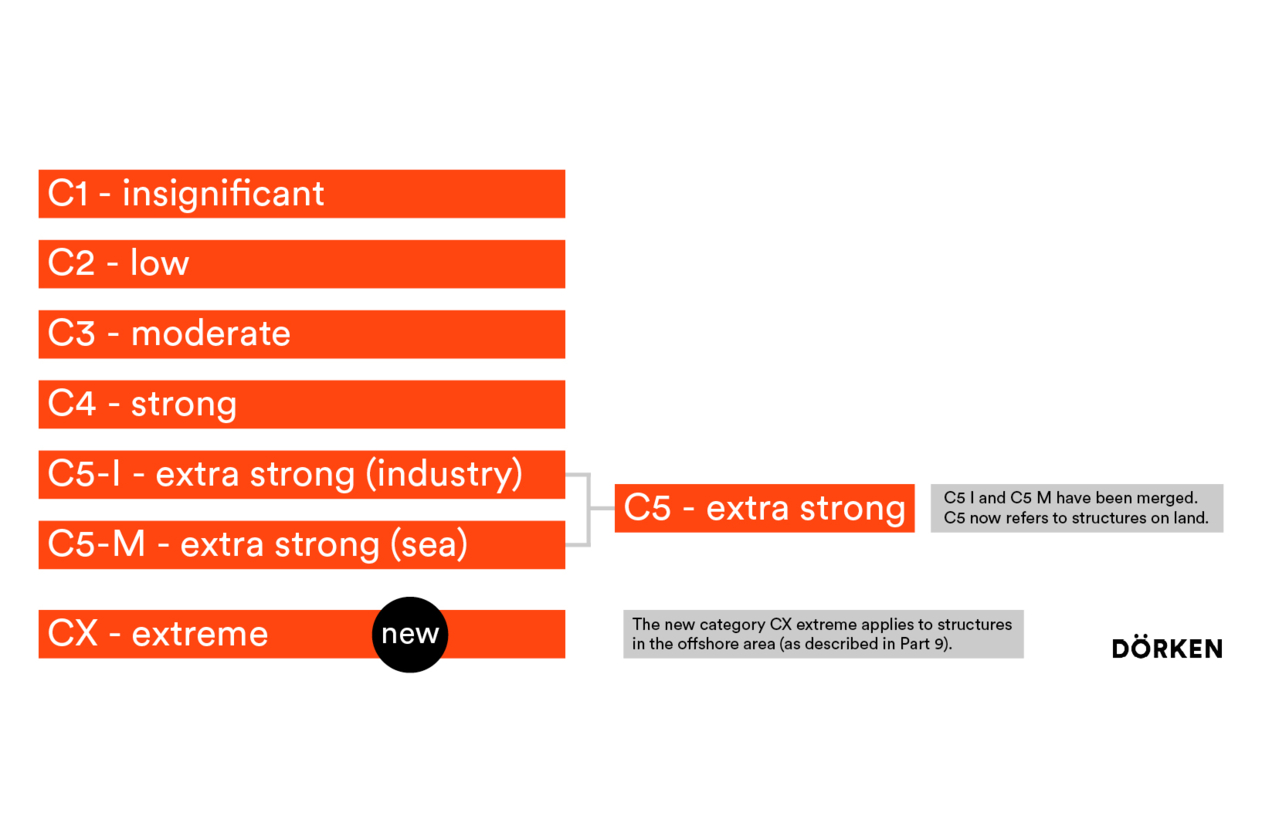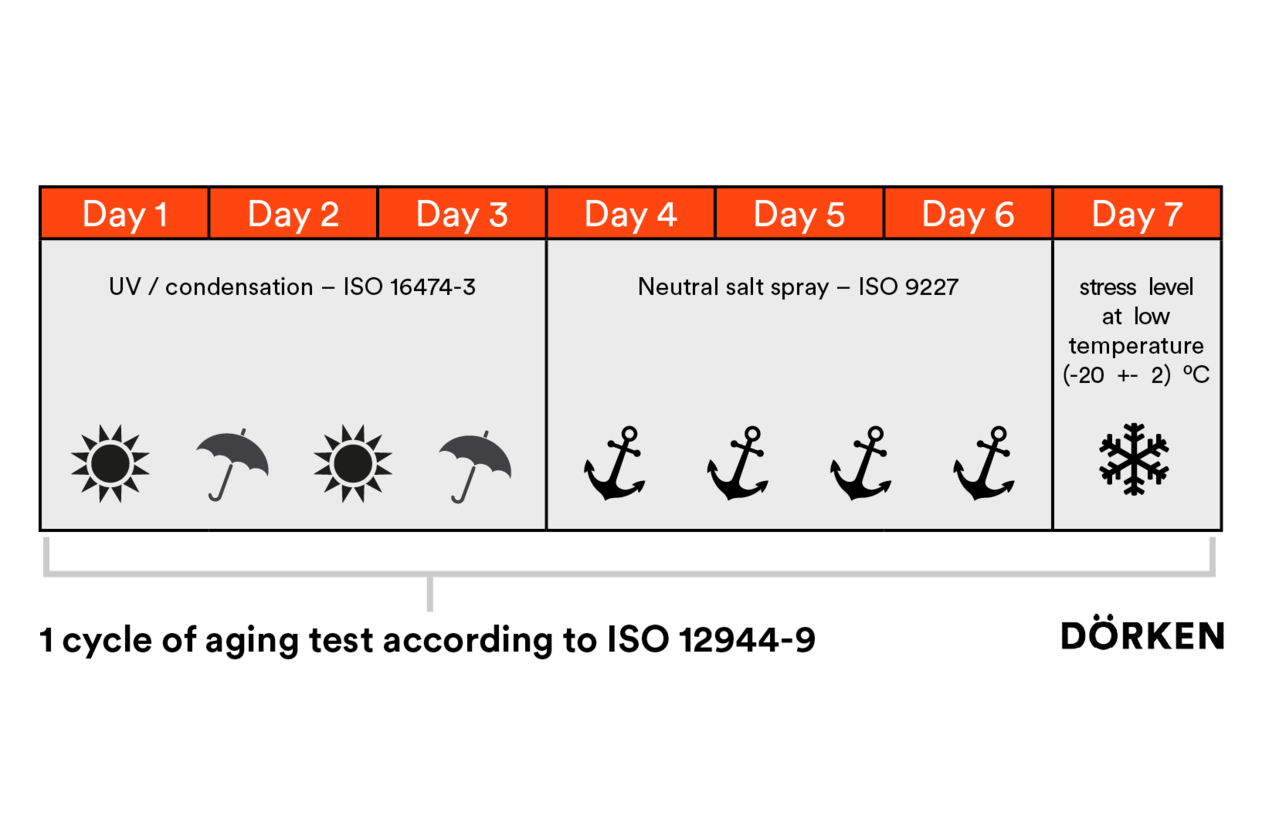In addition to the very high protective performance against red rust in combination with very low coating thickness, zinc flake systems offer further advantages. The precise tailoring of the top coat to the zinc flake base coat enables additional multifunctional characteristics such as chemical resistance to cleaning media to be achieved.
This can be achieved by “classic” zinc flake products that develop their full functionality in an annealing process or through innovative room temperature curing zinc flake coatings that cure in ambient air. In both of these application forms no hydrogen is offered and the risk of application-related, hydrogen-induced stress corrosion cracking is not present. For this reason, zinc flake coatings are especially suited for high-tensile steel (> 1000 MPa). The wafer thin protective film of just 8–20 μm means that the surface coating also saves resources and is economical.
 Belgium nederlands
Belgium nederlands Belgium français
Belgium français Canada english
Canada english Canada français
Canada français China chinese
China chinese Czech Republic čeština
Czech Republic čeština Deutschland deutsch
Deutschland deutsch France français
France français Hungary magyar
Hungary magyar International english
International english Italy italiano
Italy italiano Netherlands nederlands
Netherlands nederlands Poland polski
Poland polski Russia русский
Russia русский Slovakia slovenčina
Slovakia slovenčina Switzerland français
Switzerland français Switzerland deutsch
Switzerland deutsch Turkey Türkçe
Turkey Türkçe USA english
USA english
